The village of Somerset and Berks, located on the Essequibo coast, can be spotted from a distance because of the old rice factory which is located at the entrance to the community.
Seated neatly between its immediate neighbours, Evergreen to the east and Newroad to the west, the small community is found in Region Two, 25 miles north of Suddie.
The name refers to two English counties (Berks is a shortened form of Berkshire), and at one time the two villages were listed separately in the Gazeteer. Rice cultivation is the main economic activity, and along with the large and small-scale rice farmers there are also cash-crop farmers as well. Other residents work as nurses, teachers, cane-cutters and minibus owners/operators.
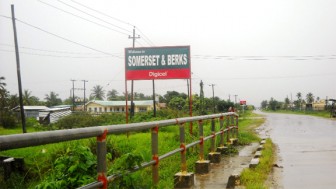
The bridge which links Evergreen to Somerset and Berks is one of the oldest landmarks in the community. It is said by residents to be the longest wooden bridge in the region, if not in Guyana, extending for about 300 ft. However it was reconstructed and the roadway covered with tar about three years ago.
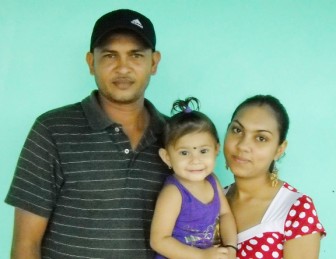
Residents claimed that the village was once a squatting area, but was later surveyed by a government surveyor named L W Cox, who said it was suitable for domestic dwellings. They were not given lots, however, and so the villagers took the matter to court and the judge ruled in their favour. As a consequence they were then granted leases for the land they occupied.
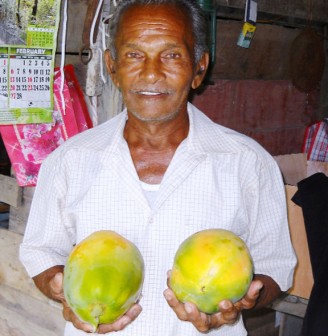
During the 1970s and ’80s, most of the residents did ground provision farming. However the community suffered from a lot from flooding and as a result farmers turned to rice production. One of the residents who farmed during that era explained: “Rice is plants that need a lot of water… so that is why most people decided to do rice cultivation.”
The Somerset and Berks Rice Factory, this newspaper was told, was operated by the Guyana Rice Board; however it has been closed for a number of years. According to residents, although the factory is not in operation one department is still functioning where the purchase of paddy is done.
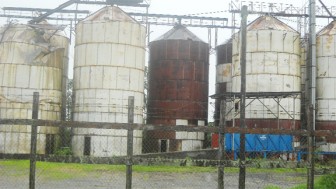
“I enjoy and cherish the days living in Somerset and Berks” Latchman Bissessar, a friendly man who has been living there for the past 43 years told Sunday Stabroek during a visit to his home.
To many of the people, Bissessar is described as the village historian. He was born in Hampton Court, another village in Region Two, but after marriage he migrated to Somerset and Berks.
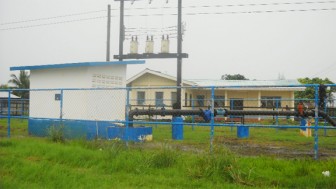
According to him the community is one of the quietest villages along the Essequibo coast, and that its peace and tranquillity is only disturbed by the whining of vehicles traversing the road from Charity to Supenaam.
“I did provision farming to maintain my family back in the days but after my wife died I decided to do a little security work.” He still does planting in his
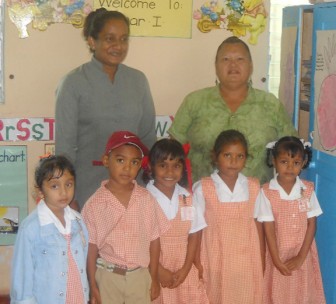
kitchen garden: “I have tomatoes, pepper, calaloo, ochroes…”
Almost every resident has coconut, papaya, sapodilla, golden apples, guavas and different types of mangoes – Julie, Turpentine and Spice – among other fruit trees.
Not only is Bissessar well known to many of the people living there, but his wife who died several years ago was too, since she was the local midwife and even acted in the capacity of village vet. He said: “My wife used to deliver people baby; everyone knows her in the village. At one time she
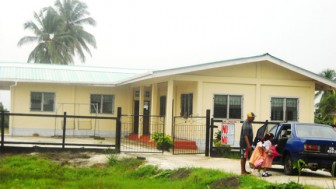
even delivered the animals.” He went on to say, “Even though she might not be a scholar or a graduate she was still known to many as doctor or counsellor. She also did craftwork and would give it to the persons as gifts.“
With a population of three hundred people mostly of Indian descent, villagers take pride in saying that they “belong to Somerset and Berks.”
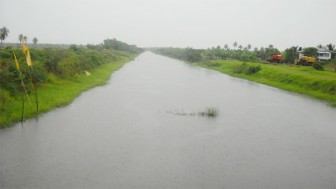
According to residents there are no Muslims living there and there are only two families who belong to the Christian faith. Everyone else is Hindu, although there are no mandirs in the village. For religious functions and prayers residents go to the New Road mandir. They said
that there was a Christian church in the village at one time, but because of poor attendance it was forced to close.
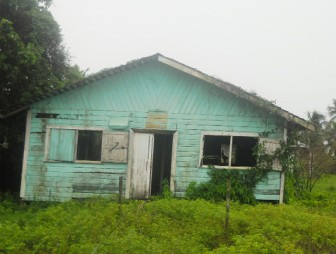
The youths of the village begin rice-farming at an early age and many work along with the older farmers in the backdam on weekends. According to residents there are no recreational facilities for youths, although some play cricket on weekends. As such, they said, many are left to watch television for prolonged periods resulting in much obesity and lethargy among the children.
There are no schools in the village so students attend the Charity and Better Hope primary schools, about two-and-a-half miles away. However, there is a nursery school.
When medical issues arise, villagers go to the Charity Health Centre, and Charity is also where they do their shopping, especially at the market, because there are no stores of any kind in Somerset and Berks.
People begin their daily activity as early as 4 am and security does not seem to be a concern for any of the residents. “Here people does not get problem with one another at all… I can leave my house open for days and don’t have to worry about any one troubling it or thieving from it” one resident told this newspaper.
Although many positives were emphasised by residents of the village they did express concern at poor infrastructure, such as drainage, bad roads and the absence of street lights.
Ounkaar Lalman who has been living in the village for the past thirty years, and now shares his home with his wife and their two year old daughter stated that he enjoyed what he called “village country life.” However, he qualified this by saying that life in the village had changed a great deal compared to when he was a child, and many of the joys he had the youths today do not experience.
According to him swimming in the river was a popular thing among young boys back in the day. He too echoed the sentiments of Bissessar about the peace and the privacy of the village. Being a taxi driver he said, is a very demanding job because there are always people travelling back and forth from Charity to Supenaam, so he enjoys his days off when he gets the opportunity to relax and be with his family.




